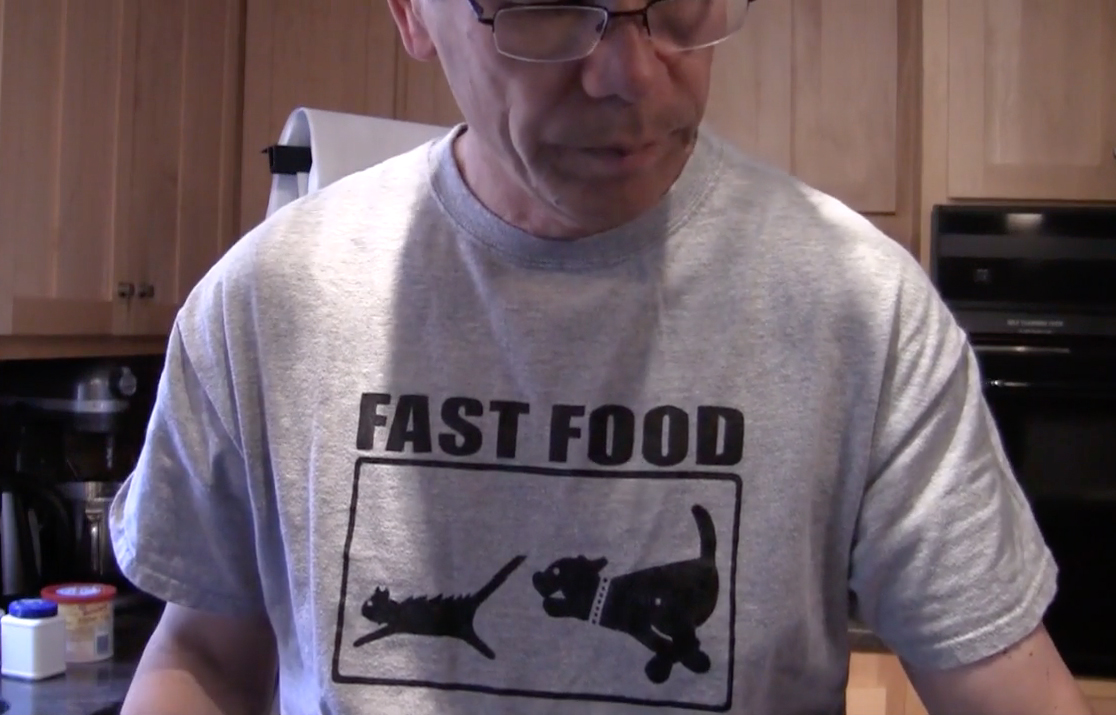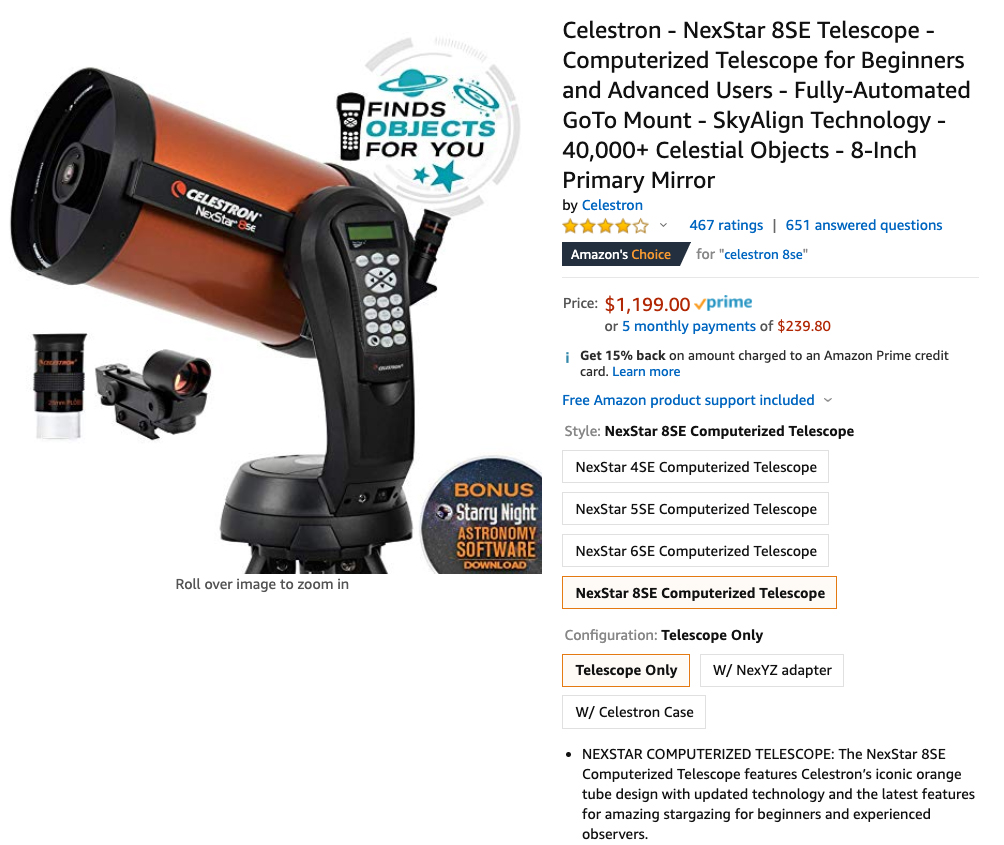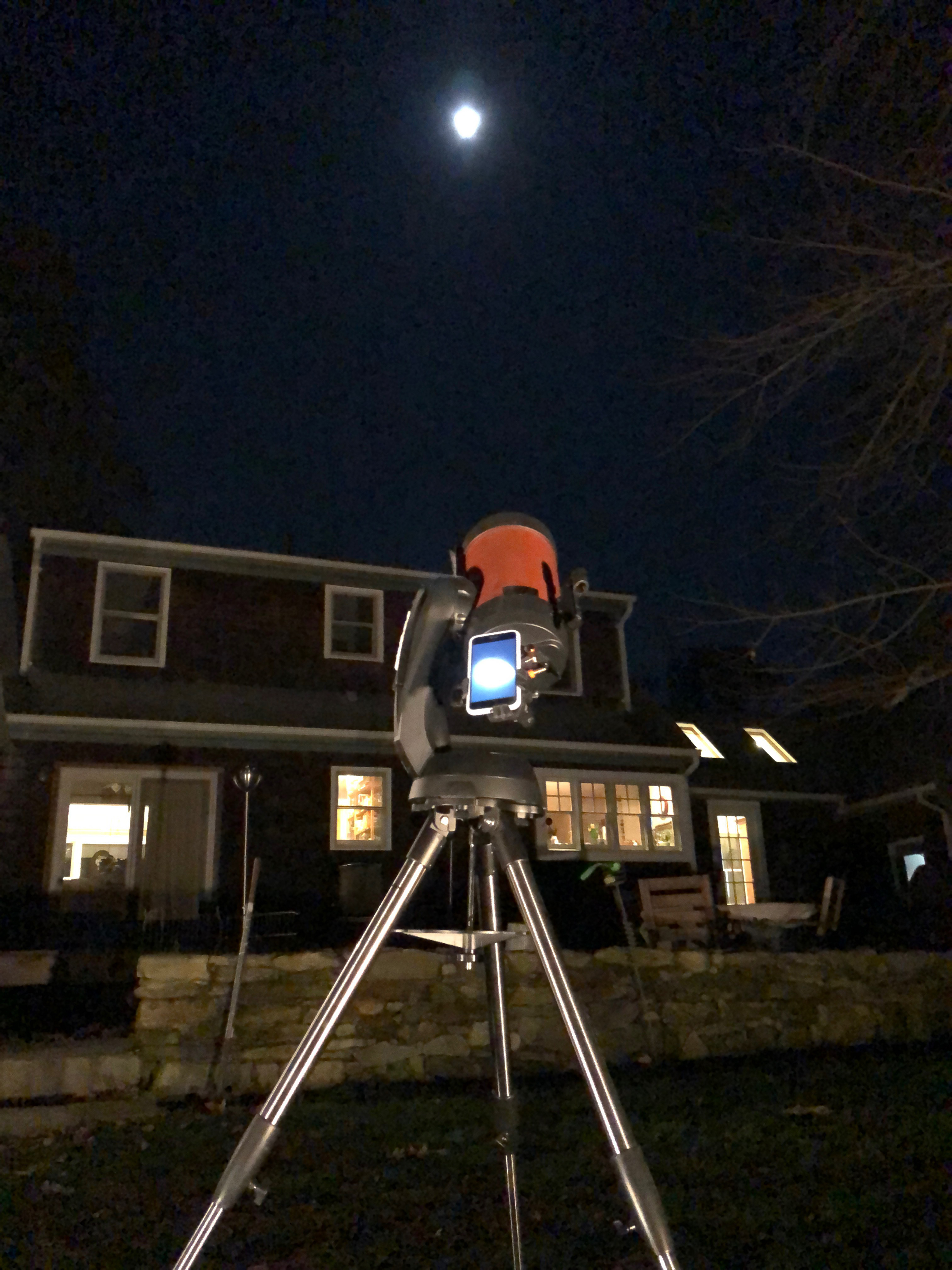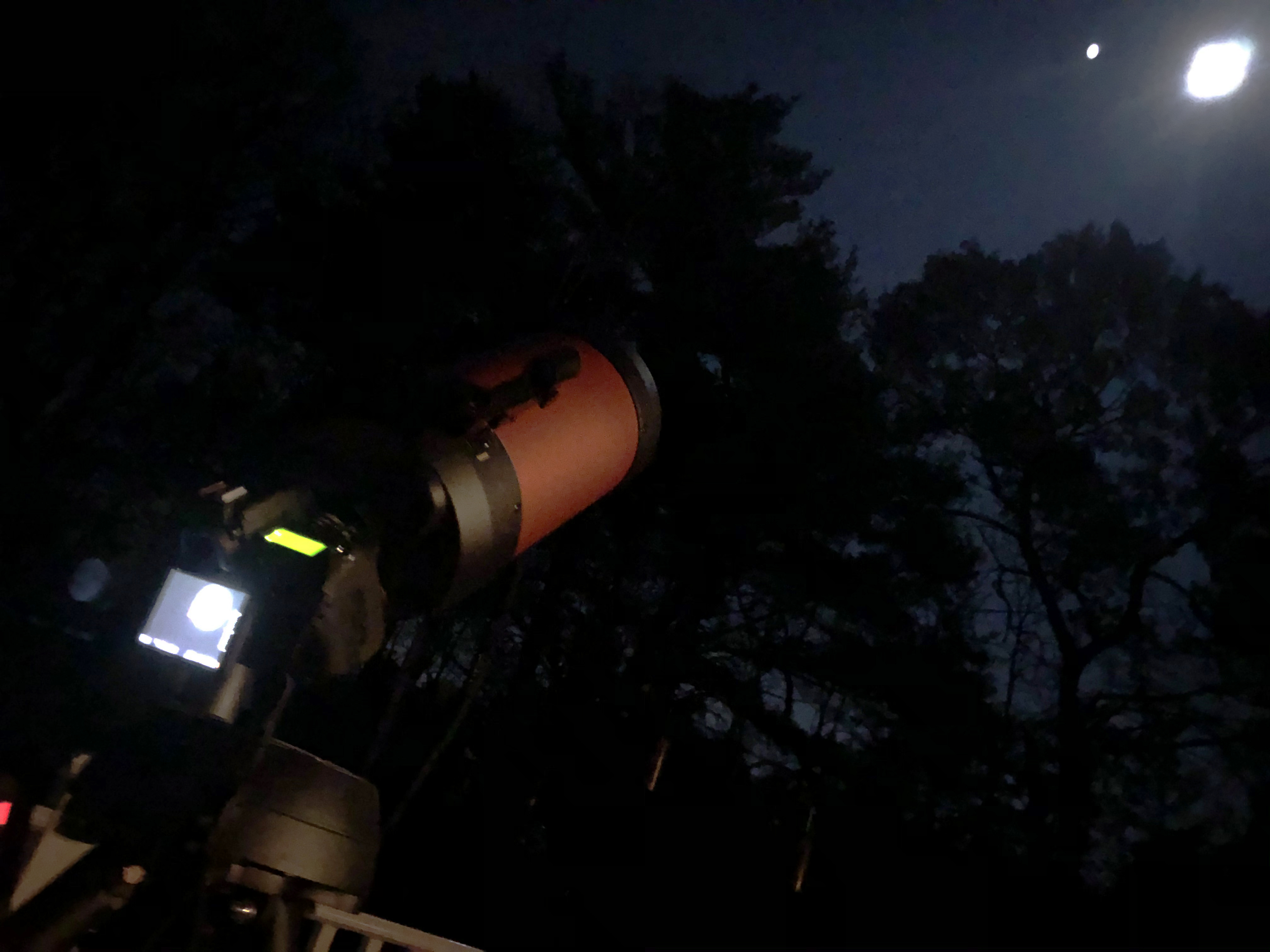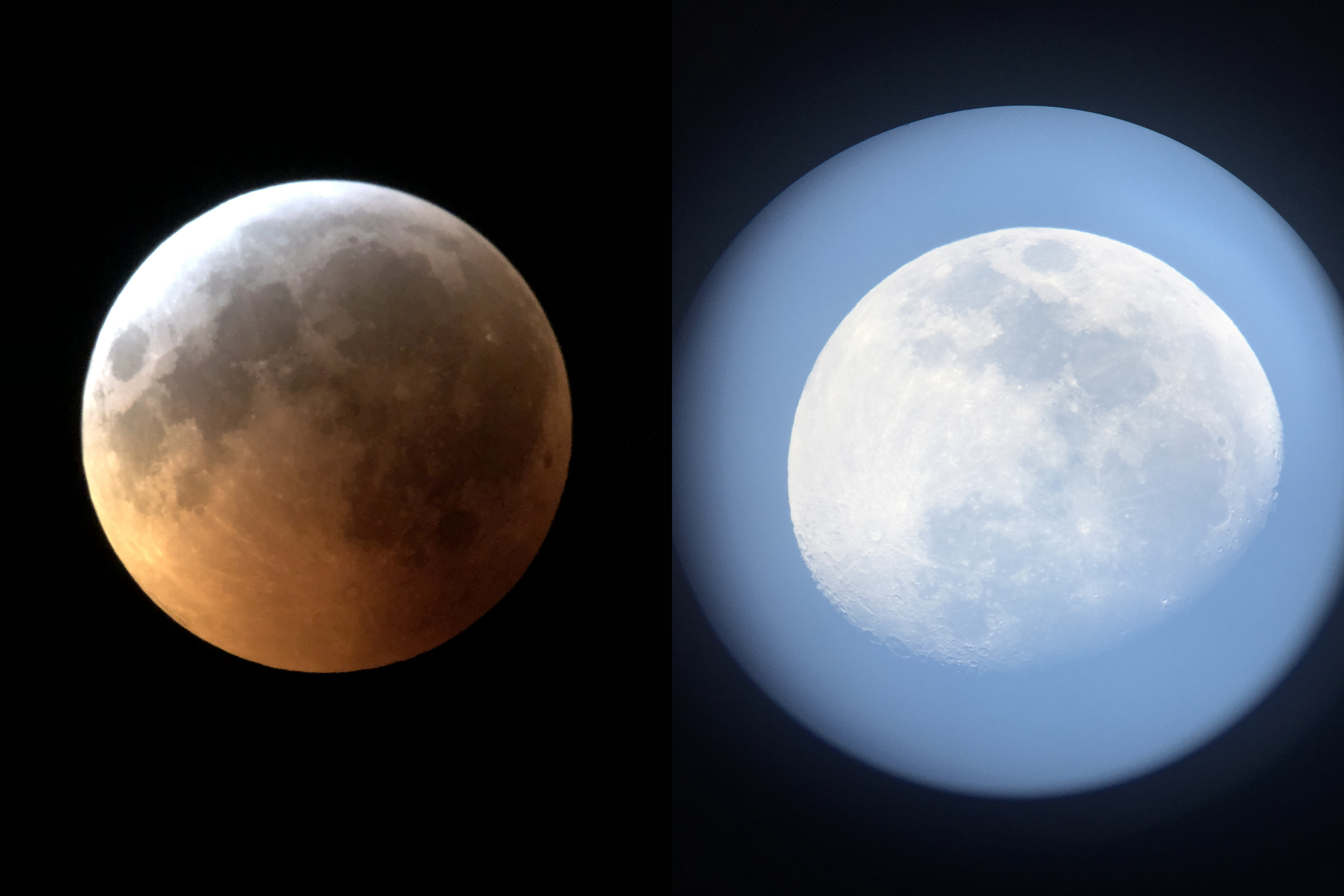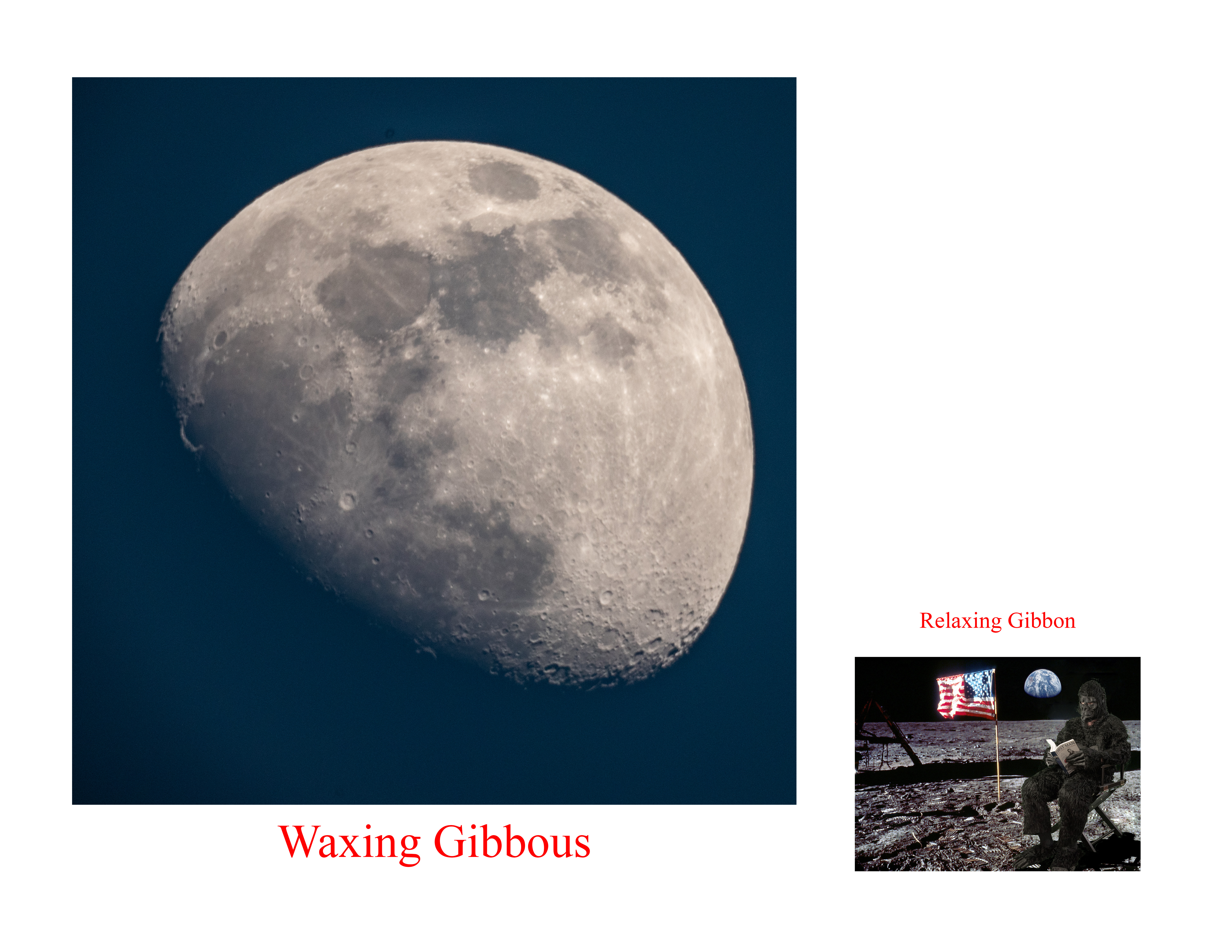How do you motivate a large group of professionals that are self motivated? It is an important question because you cannot continue to throw money at people and expect them to do their best and be happy. There are a lot of ways, of course, and my company uses many techniques. One of the more unusual ways is the annual Christmas gift.
— James Albright

Updated:
2019-12-01
I have the good fortune to work for a very good company that tries very hard to allow its employees to not only excel at whatever it is they do professionally, but to stretch themselves in ways even they do not know they are capable of. That sounds like a lot of human resources pabulum, but it isn't. Here is an example that has a flight lesson at the end, but it will take a while to get there.
This is my tenth year with the company, which is now 30 years old, and my introduction to the Christmas gift was ten years ago when we all got iPads. You may recall that the iPad was brand new back then and something very few people had. But the company presented all of us, I think there were 400 of us back then, with an iPad. But these gifts always come with an assignment.
We are a software company and our CEO recognized that the iPad was a game changer. I could not have imagined back then that not only would it turn our cockpits paperless, but it would do the same for much of our everyday lives. We now rarely print recipes for the kitchen, we use our iPads or iPhones. And that was our assignment: use the iPad in an imaginative way to present a recipe and the company would place all these on the company's private website.
The result was a wonderful collection of very good recipes as well as very bad recipes presented in an imaginative way. Some were simple, printed directions. Many were photo essays. And then there were lots of videos. Of course that's the way I went. As you might imagine, our software company is filled with engineers, scientists, and math majors. My video poked a little fun at those of us with technical backgrounds:
Over the years each gift was more fantastic than the year before and the challenges became even more clever. There are now more than 600 of us and last year we all got the choice of a very nice telescope or microscope with the instructions to explore without and within. And there was a twist. We also got an attachment for our iPhones to take of photo of the results of our exploration and there would be a prize for the best telescope and microscope submissions. The year 2019, as I am sure you know, is the fifty year anniversary of the moon landing. I chose the telescope. Of course I did. Oh yes, the prize. This was the first year the Christmas gift included a competition of sorts and the prize was to be a very nice case of wine.
The Telescope
The Celestron NexStar is an amazing piece of technology and offers a capability I didn't know existed. If you take the trouble of aligning it properly, it will follow celestial objects through the sky while compensating for the rotation of the earth as well as the object itself. On top of that, it includes a database of thousands of space targets and you simply tell it what you want to see and it aims itself and allows you to see it. But the alignment process is rather technical and most of my fellow novice star gazers were sure to simply point the thing in the general direction, focus, and take an iPhone photo. I set out to learn the alignment process to ensure my photos were sharper than anyone else's. That case of wine was as good as mine.
The Camera Setup
January 2019 gave us in the Northeast U.S. several opportunities to photograph a "supermoon," a "blood wolf moon," and an eclipse. Unfortunately, cloud cover robbed us of a few opportunities and my thin Hawaii blood kept me indoors for most of the month. Our company is spread around the world and I was sure others were sure to submit fantastic photos. I needed an edge. As the first photo submissions started to trickle in, I realized what I needed to do. It all comes down to the iPhone and the telescope attachment.
The adapter attaches the iPhone to the telescope's eyepiece so that the iPhone's camera lens looks into the telescope through the eyepiece's lens, the weakest part of the telescope. So even if you aligned the telescope properly, you are looking through an extra layer of glass using a camera that is pretty good, but not really good. It could be improved on.
There is a very large astrophotography community out there and the Celestron is a popular option for someone wanting to get into the hobby for something south of $2,000. I found an attachment for my Nikon D750, full frame sensor that bolts directly to the telescope. It removes the camera's lens as well as the eyepiece. There is no glass between the camera's sensor and the telescope's mirror. That means less distortion. The full frame sensor is more than twenty times the size of the iPhone's sensor. (An iPhone Xs has a 7.01 mm x 5.79 mm sensor. The Nikon D750's sensor is 35.9 mm x 24 mm.) That means a sharper image.
The Winning Shot
My original plan was to get a fantastic shot of the full moon, the blood moon, the super wolf moon, or something that would take anyone's breath away. In fact, I got one or two and they didn't take my breath away. As the contest entries started to trickle in I realized that the winner had to have an artistic edge to it. But I have no artistic in me and what edge I have isn't the kind that wins contests. I decided to go with humor instead. I took my shot, fired up Photoshop, and made my entry. Looking at it as objectively as possible, I liked my chances. A few months later, the company CEO called me about it.
"It is simply amazing," she said. "We got hundreds of photos and I find it simply amazing that the top two submissions came from your flight department. How is that possible?"
"We deal with aerospace," I said, immodestly. "It is what we do."
"Justin's submission took everyone's breath away," she said. I felt immediately jealous that Justin accomplished what I set out to do. I remembered his submission, but my non-artistic eye failed to notice what all the breathless judges saw so easily. "The way he put the night versus day almost made me cry," she continued. "His photos reached us on an emotional level." I fell silent. "Your submission, on the other hand, was something else."
"That's certainly true," I agreed, hoping my chances had improved.
"But we have to know how you did it," she said. "How is it that out of the hundreds of photos only yours has such clarity. Did you really use the telescope we gave you?"
"Yes I did," I said. "But I didn't use the iPhone. I connected my very expensive digital single-lens reflex camera to that very expensive telescope. Then I took ten successive shots and used photo editing software to stack each photo on top of each to further increase the resolution."
"You cheated," she said.
"I guess I did," I had to admit.
"I'm sorry but you cannot win first prize with such an unfair advantage," she said. "I hope you understand."
"I do," I said.
Two weeks later, I came back from a trip to see Justin's photos hung on a wall. The day-vs-night shots did have a positive-vs-negative quality about them, and good-vs-evil. They made you think. And that, after all, was the objective. The better man won.
Honorable Mention
Thinking back on the effort, I remember being disappointed that I never really got the full moon shot that I wanted. In fact, the best shot I had was several days after the "new moon" that month, something called the "waxing gibbous" phase. In retrospect, the name dictated how my submission came to be.
I was on a trip when I heard that someone from the company left a case of wine and a large congratulatory card on Justin's desk. They also left a bottle of wine and a smaller card on mine. The next day I heard Justin shared his wine with everyone in the flight department, even adding a bottle of wine to mine. "Read the card," I asked over the phone.
"They gave you honorable mention for your photo."
"I got honorable mention for being dishonorable," I said.
To be honest, I like how all this turned out. I like Justin's photos, which are now hanging in our office. Every time I see them I think of this lesson. (My photo is sitting at home.) The technology we pilots take for granted these days would be seen as cheating forty years ago when I started flying. But that's what we professional pilots are called upon to do: take advantage of all available technology to increase the likelihood of a successful outcome.

